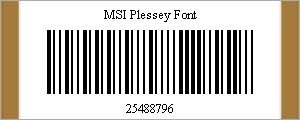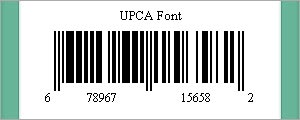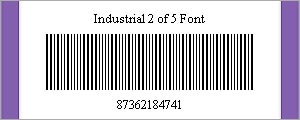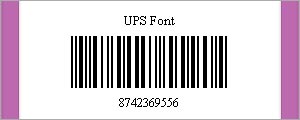Benefits Of Using Barcode In Industries
Automated barcode scanning systems can offer many benefits in industrial settings, including:
-
Increased efficiency:
Barcode scanning systems can improve the speed and accuracy of data collection, reducing the time required for manual data entry and reducing the potential for errors.
-
Improved inventory management:
Barcode scanning systems can provide real-time updates on inventory levels, allowing for better tracking and management of stock levels and reducing the risk of stockouts.
-
Enhanced quality control:
Barcode scanning systems can be used to track product quality and ensure that all products meet the required standards.
-
Better asset tracking:
Barcode scanning systems can be used to track the location and condition of assets, reducing the risk of loss or theft.
-
Improved supply chain management:
Barcode scanning systems can help to improve the visibility and traceability of products as they move through the supply chain, improving supply chain efficiency and reducing the risk of delays or errors.
-
Improved accuracy:
Barcode scanning systems can reduce the errors caused by manual data entry, resulting in improved accuracy of inventory and production data.
-
Enhanced safety:
Barcode scanning systems can improve safety in industrial settings by reducing the need for employees to manually handle materials and products.
-
Cost savings:
By improving efficiency and accuracy, barcode scanning systems can save businesses money by reducing labor costs and minimizing inventory shrinkage
Overall, automated barcode scanning systems can significantly improve operations in industrial applications by streamlining processes, reducing errors, and providing real-time data tracking.
Successful Industrial Barcode System Implementations
There are numerous examples of successful industrial barcode system implementations across various industries. Here are a few examples and the benefits they have provided:
-
Retail Industry:

Walmart is a prime example of successful barcode system implementation in the retail industry. Walmart implemented a barcode system in the 1980s that streamlined their supply chain, reduced errors, and improved inventory management. This allowed Walmart to become one of the largest retailers in the world.
-
Healthcare Industry:

The healthcare industry has seen tremendous benefits from barcode system implementation. Barcoding medication administration (BCMA) has been implemented in hospitals to prevent medication errors. With BCMA, healthcare providers can scan the patient's wristband and medication to ensure that the right patient receives the right medication at the right time. This has led to a significant reduction in medication errors, improved patient safety, and increased efficiency.
-
Manufacturing Industry:

The manufacturing industry has also seen numerous benefits from barcode system implementation. For example, Ford implemented a barcode system in their assembly lines to track the production process and ensure quality control. The barcode system allowed Ford to reduce errors, increase efficiency, and improve production speed.
-
Transportation and Logistics Industry:

The transportation and logistics industry has also seen benefits from barcode system implementation. For example, UPS implemented a barcode system to track packages and streamline their delivery process. This allowed UPS to reduce errors, improve delivery times, and increase customer satisfaction.
Overall, barcode systems provide numerous benefits, including improved efficiency, reduced errors, improved inventory management, and increased productivity.
Best Practices For Selecting and Implementing Barcode Systems In Industrial Settings
Implementing barcode systems in industrial settings requires careful planning and execution to ensure that the system meets the specific needs of the organization. Here are some best practices for selecting and implementing barcode systems in industrial settings:
-
Identify Requirements:
Identify the specific requirements for the barcode system, such as the types of barcodes needed, the speed of processing, and the integration with other systems.
-
Ensure Compatibility:
Ensure that the barcode system is compatible with your existing industrial equipment and software, such as scanners and label printers.
-
Evaluate System Integration:
Evaluate how the barcode system will integrate with your existing industrial technology infrastructure, such as conveyor systems and control systems.
-
Ensure System Security:
Implement appropriate security measures to protect the barcode system from unauthorized access or tampering.
-
Determine Placement:
Determine the best placement for the barcode readers and printers in your industrial application to ensure that they are easily accessible and optimize workflow.
-
Choose Appropriate Equipment:
Choose appropriate barcode readers, printers, and software for the specific requirements of your industrial application. Look for equipment that is rugged and durable to withstand the harsh conditions of the industrial environment.
In summary, selecting and implementing barcode systems in industrial applications requires careful planning, evaluation, and training. The best practices for selecting and implementing barcode systems in industrial applications include identifying requirements, determining placement, choosing appropriate equipment, ensuring compatibility, testing the system, training staff, developing SOPs, ensuring system security, monitoring system performance, and establishing a maintenance schedule.
